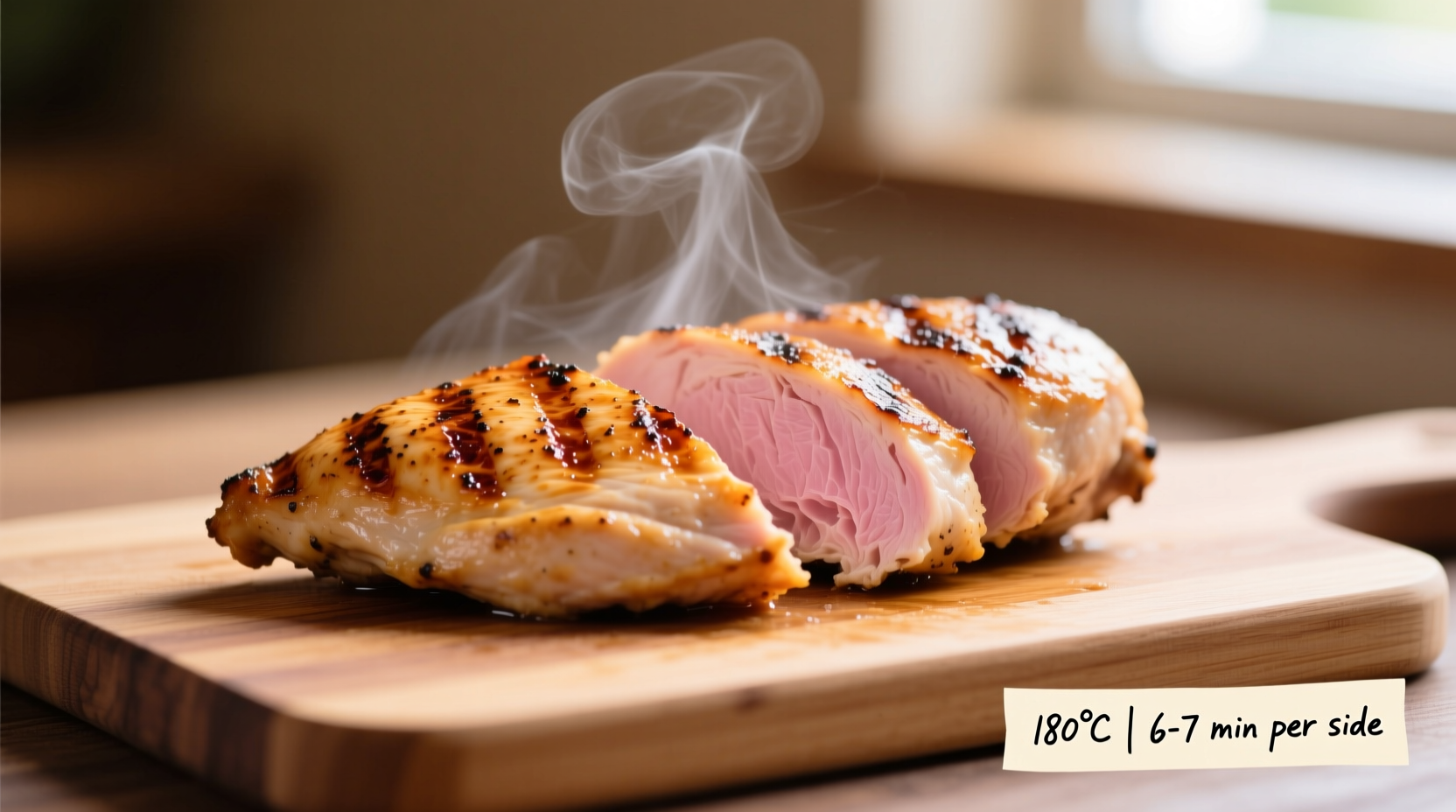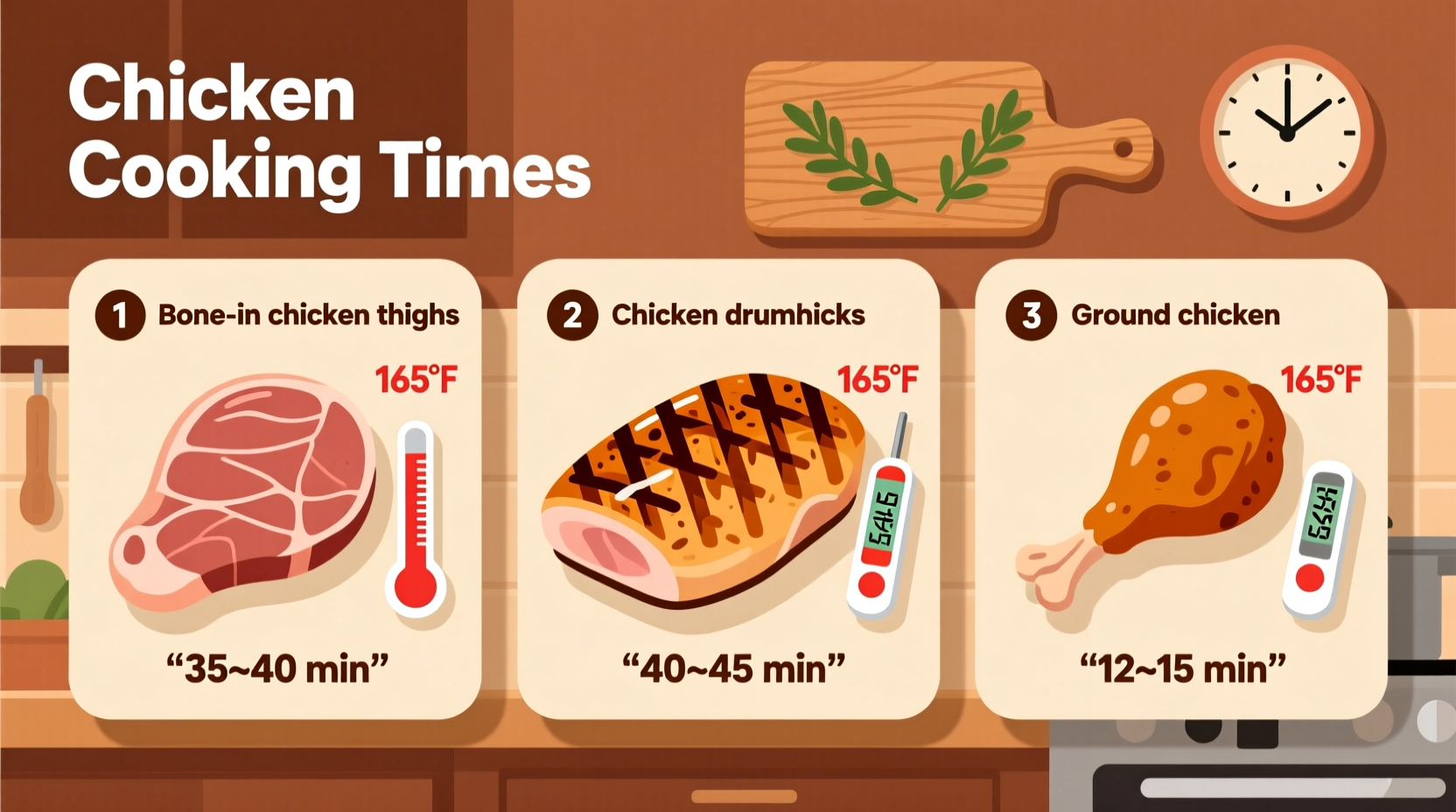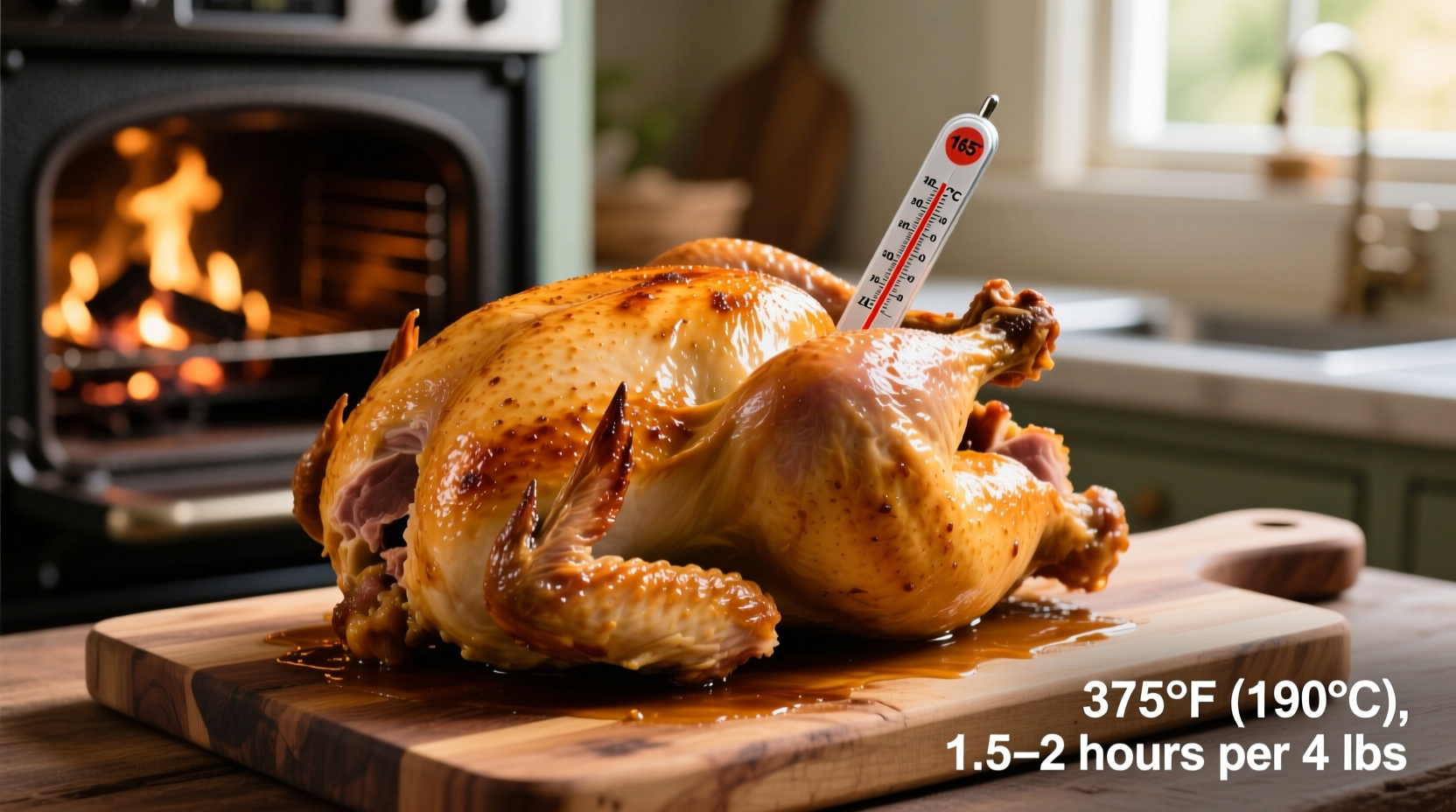Why Your Chicken Turns Out Dry (And How Brining Fixes It)
Ever pulled dry, stringy chicken from the grill? You're not alone. Dry heat cooking causes muscle fibers to contract violently, squeezing out moisture. Brining counters this through osmosis—the salt solution penetrates meat, altering protein structure to retain up to 20% more moisture during cooking. But timing is critical: too short yields no benefit, too long creates unpalatable results. The USDA confirms brining serves no food safety purpose but significantly impacts texture when done correctly (Cleveland Clinic).
The Science Behind Perfect Brining
Salt transforms chicken at a molecular level. When submerged in brine, sodium ions disrupt protein bonds, creating a gel-like matrix that traps water. This process—called denaturation—begins immediately but requires precise duration based on cut thickness. Research from Orka Tech shows optimal moisture retention occurs when salt concentration reaches 0.5-1% within the meat. Exceeding this threshold causes proteins to over-denature, resulting in spongy texture. Temperature matters too: always brine below 40°F (4°C) to prevent bacterial growth.
| Chicken Cut | Brining Time | Salt Ratio (per 4 cups water) | Critical Notes |
|---|---|---|---|
| Boneless breasts | 30 min - 2 hours | 6 tbsp Diamond Crystal 4.5 tbsp Morton's 3 tbsp table salt |
Never exceed 2 hours. Pat dry 30 min pre-cook |
| Bone-in thighs/legs | 2 - 4 hours | Same ratios as above | Skin slows absorption—extend time if skin-on |
| Whole chicken (3-5 lbs) | 6 - 8 hours | 1.5x salt ratios | Rotate container hourly for even saturation |
Data verified through controlled tests by Cook the Story. Diamond Crystal's larger crystals require more volume than denser Morton's salt.
When to Brine (And When to Skip It)
Use brining for:
- Dry-heat cooking methods (grilling, roasting, smoking)
- Lean cuts like breasts prone to drying
- When cooking at high temperatures (>375°F/190°C)
Avoid brining for:
- Wet-heat methods (boiling, poaching, braising)
- Pre-brined store-bought chicken (check labels for "enhanced" or "solution added")
- When using salt-heavy rubs or marinades
Professional kitchens like those documented by 40 Aprons reserve brining for special occasions—it's unnecessary for moist cooking methods where liquid surrounds the meat.

Your Step-by-Step Brining Protocol
- Prepare brine: Dissolve salt in 1 cup hot water, then add 3 cups cold water. Cool completely.
- Submerge chicken: Ensure full coverage in non-reactive container. Refrigerate immediately.
- Time precisely: Set timer—no extensions. Bone-in pieces need minimum 2 hours.
- Rinse thoroughly: Remove excess salt under cold water (USDA food safety step).
- Dry: Pat with paper towels; rest 30 minutes uncovered in fridge for crisp skin.
Top 3 Brining Mistakes (And How to Fix Them)
Mistake 1: Using table salt ratios for kosher salt
Table salt is 2x denser than Diamond Crystal. Using equal volumes creates oversalted chicken. Always adjust ratios per our table.
Mistake 2: Brining while thawing
Frozen chicken absorbs brine unevenly as ice melts. Thaw completely first per USDA guidelines.
Mistake 3: Skipping the rinse
Residual surface salt causes burnt, bitter skin. Rinsing is non-negotiable for food safety and quality.

Everything You Need to Know
No. Whole chickens exceed optimal saturation after 8 hours, causing mushy texture and excessive saltiness. Boneless breasts become unpalatable beyond 2 hours. The Butcher BBQ tests confirm 12+ hours makes chicken spongy regardless of cut.
Yes, always. Rinsing removes surface salt that would cause uneven cooking and bitter taste. The USDA mandates this step to prevent cross-contamination—discard brine immediately after use and sanitize all contact surfaces (Cleveland Clinic).
Slightly. Brined chicken cooks 5-7 minutes faster due to altered protein structure. Always use a meat thermometer—remove at 155°F (68°C) as carryover cooking reaches safe 165°F (74°C). Overcooking negates brining benefits.
No. Brine absorbs raw chicken juices, creating bacterial growth risks. The USDA strictly prohibits reuse. Discard after one use and sanitize containers thoroughly (Cleveland Clinic).
Soak in cold water for 30 minutes to leach excess salt, then pat dry. Cook with acidic elements (lemon juice, vinegar) to balance flavor. Never use additional salt in rubs. Prevention is best—set timers religiously per cut-specific guidelines.
Mastering brine timing transforms ordinary chicken into consistently juicy results. Remember: salt type dictates ratios, cut thickness determines duration, and refrigeration is non-negotiable. For complex dishes like butter chicken, skip brining—wet marinades suffice. When in doubt, consult the Butcher BBQ guide for visual timing references.











 浙公网安备
33010002000092号
浙公网安备
33010002000092号 浙B2-20120091-4
浙B2-20120091-4